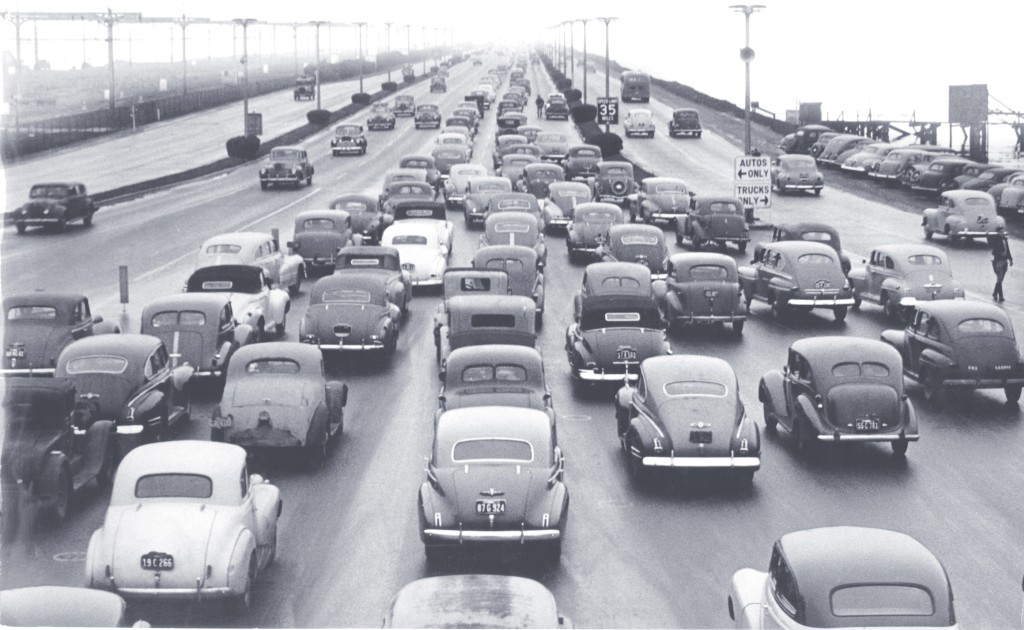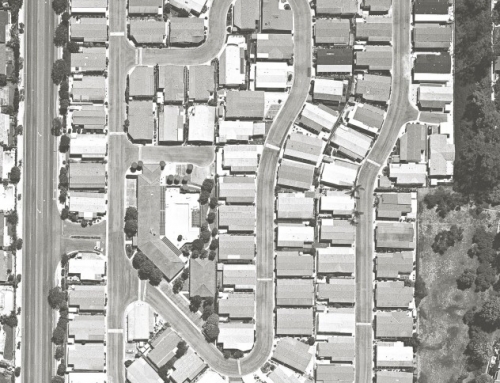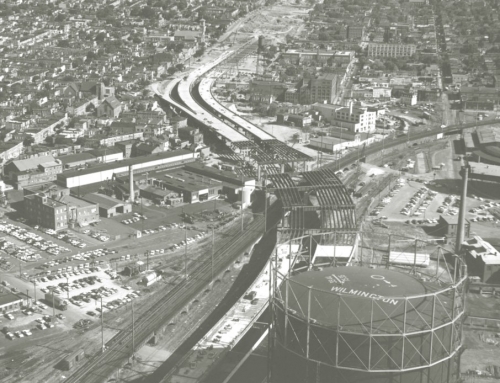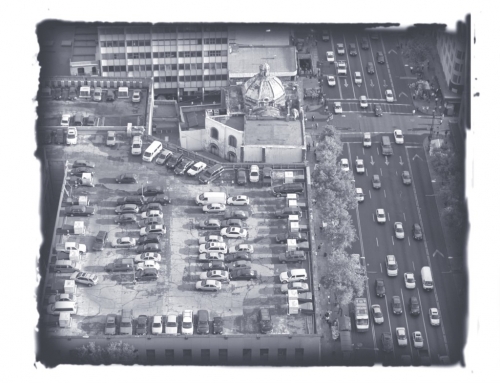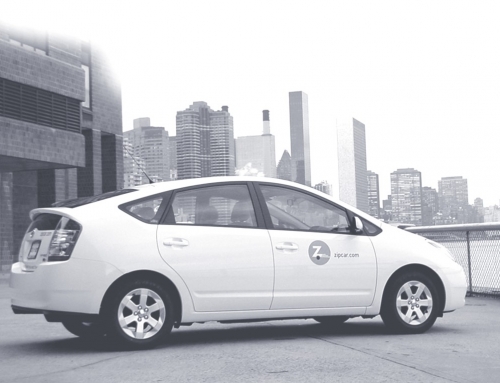According to Lee Friedman, Donald Hedeker, and Elihu Richter, repealing the federal 55 mph speed limit in 1995 resulted in 12,545 deaths between 1995 and 2005. That’s about 45 percent more American fatalities than we have suffered in 9/11, Iraq, and Afghanistan combined. And all those human tragedies are due not to weighty national security imperatives but to the fact that we all want to drive a little bit faster.
Why is driving faster so dangerous? At higher speeds you have to react more quickly and you have less margin for error, increasing accident risk. Kara Kockelman and fellow researchers at the University of Texas at Austin have reported that being on a road with a 65-mph limit instead of 55 mph means a 3 percent higher probability of crashing.
A much more significant factor is that the extra speed makes crashes that do occur far deadlier. The Texas researchers estimated that, compared to a crash on a 55-mph-limit road, a crash on a 65-mph road is 24 percent more likely to be fatal. When the greater severity and higher incidence of crashes are added together, the difference between 55 mph and 65 mph adds up to a 28 percent increase in the overall fatality count.
In addition to lives, increased speed limits are costing us treasure. While the difference between 55 mph and 65 mph may not seem large, the relationship between speed and fuel economy is highly non-linear due to engine characteristics and the physics of wind resistance. A car that gets 30 mpg at 55 mph gets about 27.5 mpg at 65 mph and 23.1 mpg at 75 mph. Higher speeds thus mean greater fuel costs and more dependence on foreign oil, a relationship that inspired the national speed limit in the first place. Reduced fuel economy also means more greenhouse gas emissions.
Higher speeds…mean greater fuel costs and more dependence on foreign oil, a relationship that inspired the national speed limit in the first place.
That said, even after reading this, are you about to write to Congress to demand a return to 55 mph? Probably not, because there are other dynamics at play: the thrill of speed and the value of time savings.
It’s difficult to calculate the economic benefits we derive from going faster, in large part because they vary so widely. (Benefit of high speed limit to driver on lonely rural highway: potentially large. Benefit to driver on congested urban freeway: zero). Nevertheless, the benefits are there. Some of that saved time will go to reading to children, building homes, creating works of art, or finding a cure for cancer.
Plus, let’s admit it. Going faster is more fun.
Is the trade-off of safety for speed worth it? This question can best be answered through a spirited public debate. But, disappointingly, that debate is not happening. Study of the speed limit has been relegated to a handful of obscure academic journals, a few government reports that few people actually read, and the occasional newspaper article on page B12. We should slow down and give this issue the attention it deserves.
Further Readings
Lee Friedman, Donald Hedeker, and Elihu Richter. 2009. “Long-Term Effects of Repealing the National Maximum Speed Limit in the United States,” American Journal of Public Health, 99 (9): 1626–1631.

